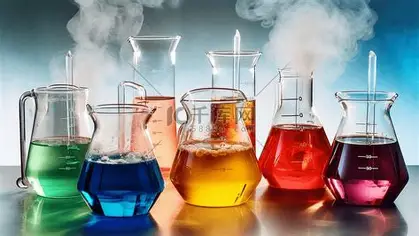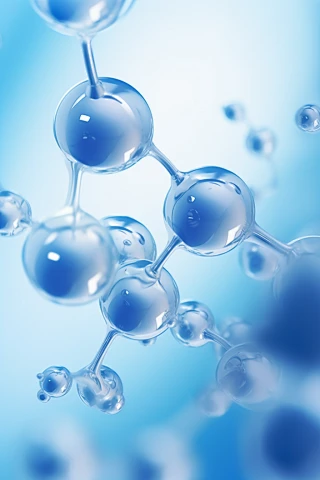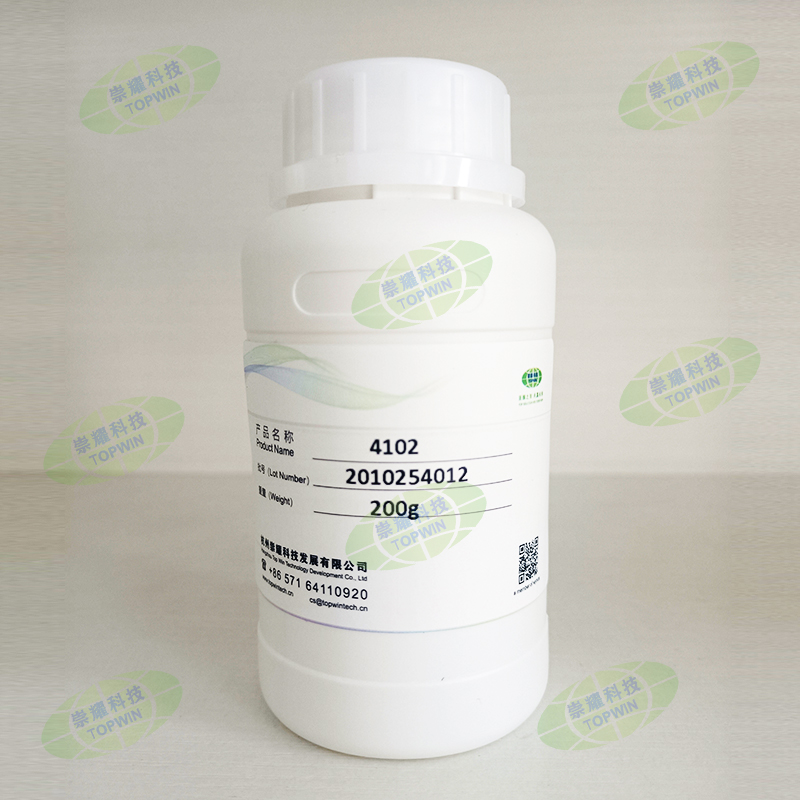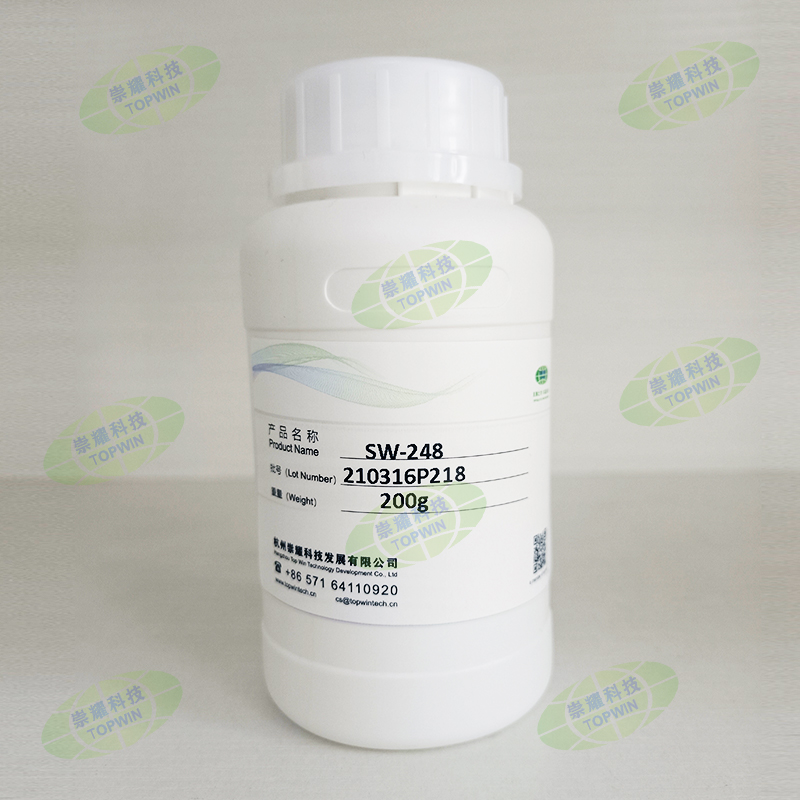Possible causes and solutions for craters caused by slip agents
The cratering and shagreen (orange peel) defects in the coating when using a silicone-based emulsion/ Slip agent could be related to several factors:
Potential Causes & Solutions:
1. Incompatibility with Formulation
A slip agent may not be fully compatible with other surfactants, thickeners, or matting agents in the system.
Solution: Check for interactions by adding the slip agent slowly under agitation and observing for instability (e.g., coagulation, viscosity changes).
2. Improper Dilution or Mixing
Diluting the slip agent with only 1% water may not be sufficient for even distribution.
Solution: Pre-dilute the slip agent further (e.g., 1:5 with water) and add gradually under high shear mixing.
3. Migration/Surface Tension Issues
Silicone additives can migrate rapidly to the surface, causing uneven leveling if not properly balanced.
Solution: Reduce the dosage (try 0.3–0.5% instead of 1%).
Add a small amount of wetting agent (e.g., nonionic surfactant like SW-248, SL-5100) to improve substrate wetting.
4. Conflict with Antifoam or Other Silicones
If the formulation already contains another silicone-based antifoam, it may compete with the slip agent, leading to craters.
Solution: Switch to a non-silicone antifoam (e.g., mineral oil-based or acrylate-based).
5. Drying Conditions
Shagreen often appears if the film forms a skin too quickly (uneven solvent/water evaporation).
Solution: Adjust coalescent (e.g., add slow-evaporating glycol ethers like Dowanol PPh) or reduce drying temperature.
6. Equipment Contamination
Cause:
Residual silicone oils, release agents, or improperly cleaned tanks and piping can cause surface defects even in otherwise stable formulations.
Solution:
-
Ensure thorough cleaning of all production and lab-scale equipment before use.
-
Avoid cross-contamination by dedicating equipment for silicone-containing and silicone-free formulations.
Conclusion
Craters and shagreen defects caused by slip agents are often a result of complex interactions between formulation ingredients, processing conditions, and application techniques. A systematic approach—starting with compatibility testing and extending to equipment maintenance—can significantly reduce the risk of these surface problems. By identifying and addressing each potential cause, formulators can achieve optimal surface performance without compromising aesthetics or function.
Topwin is one of the leading professional manufacturers and solution providers with more than 20 years of experience, and has domestic top-level engineers in the silicone surfactant industry. Specializing in research and development, production, sales, and marketing of silicone-based special functional performance materials, Topwin also serves as a professional provider of technical services. Our products are mainly used in Polyurethane Foam, Corp Protection, Coatings and Inks, Leather & Textile, Silicone Release Coating for Paper and Film, Personal Care, and others.



